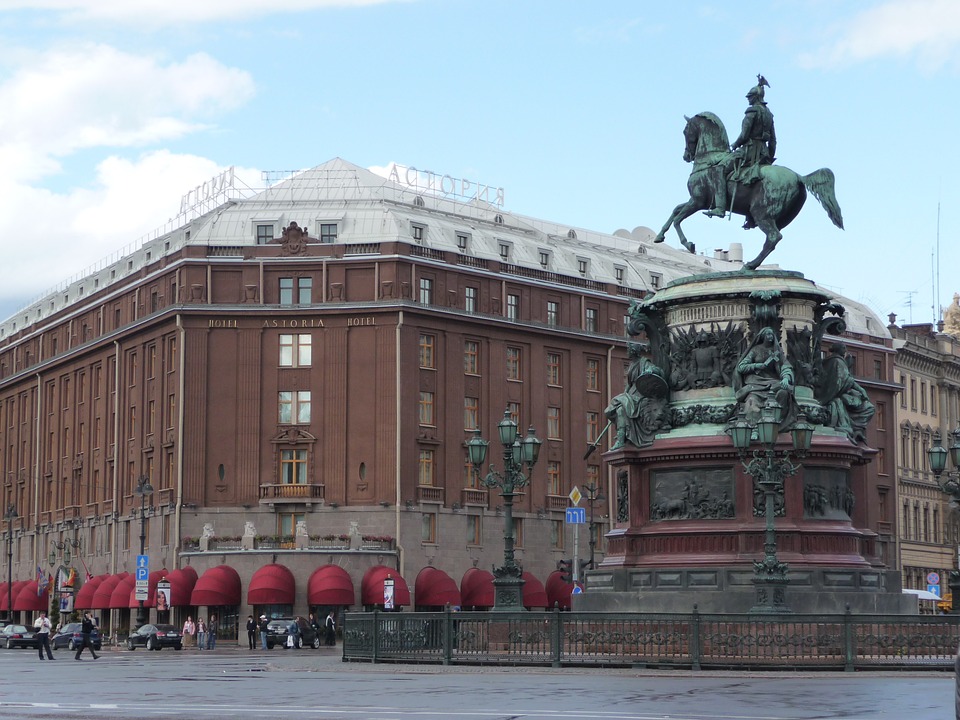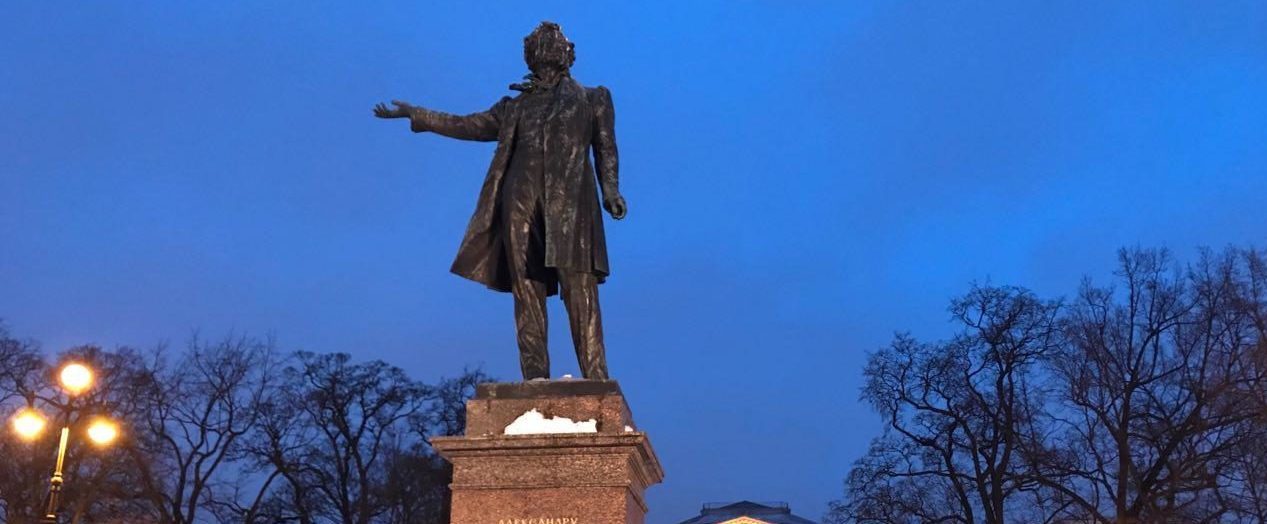Contents:
A legendary person in the history of not only St Petersburg, but Russia as a whole. He was the one to introduce so many changes in the cultural, political and social life of the society that no other person so far could accomplish.
EARLY LIFE
Petr Alekseevich was born on June 9, 1672 and educated by Nikita Zotov. His father – tsar Aleksey Mikhailovich – had many children, and Petr was the 14th child, but the first one from Aleksey’s second wife – Natalia Naryshkina.
In the early years Petr was not so interested in governing the country, he was travelling and enjoying life, while his older sister Sofia was at the reign. Over time Petr started to be more politically active and his confrontation with Sofia led to his rising at the throne and Sofia’s imprisonment at the Novodevichiy Convent.
Being the representative of Romanovs dinasty, he was announced Tsar at the age of 10, although started to rule the country in 1689. Formally was a co-ruler together with his brother Ivan until his death in 1696.

EXPANSION OF RUSSIA
In the first years of governing the country, Peter I decided to prioritize the continuation of the Russo-Turkish War (1686–1700). Instead of Crimea campaigns that took place during Sofia’s reign, he made a decision to attack the Turkish fortress Azov, located on the place of the Don’s inflow to the Azov sea.
Therefore, his first great steps were the Azov campaigns of 1695/96 during which the huge Russian fleet was constructed and maritime power of the country began.
Later was the Grand Embassy of Peter the Great in 1697/98 with the aim of strengthening the powers against the Ottoman Empire. Although this target wasn’t reached, Peter has learnt a lot of technical and political aspects during his trips. Various equipment was purchased, as well as different specialists were hired, so generally, the Embassy succeeded.
In 1700-1721 the Great Northern War against Sweden took part. Peter was arranging the troops and fleet according to the European standards, and the war results from the territorial perspective were great for Russia. Sweden was defeated and Russia became a dominant power in the Baltic region and a new major force of European politics. With the end of the war, Russian Empire appeared, having the access to the Baltic sea and the powerful army and fleet. Peter himself was given a title the Great Emperor of Russia.
In the memory of the Great Northern War, several current city sights appeared. For instance, the Samson Fountain in Peterhof and the sculptural composition “Peace and Victory” in the Summer Garden.

PRIVATE LIFE
Even as a child, Petr amazed people with the beauty and liveliness of his face and body. He was 203 cm high (6 ft 8 in), so one head above the crowd. His foot size was only 39, and clothes size was 48, so he didn’t have an athletic look.
In the moments of anger or stress, his face suffered from convulsions which scared people around. It was suggested that these cramps he got as a result of worries during the Moscow uprising of 1682 (Petr was only 10 y.o.).
He was smart and brave, cheerful at times. His directness was combined with sudden expression of either anger or tenderness. During the international trips, foreigners were confused by Petr’s slightly rude way of communication and simplicity of temper.
At the age of 17, Peter I married Evdokiya Lopukhina. That was his first marriage that resulted in a birth of Tsarevich Alexey, who was raised by his mother. Other children of Evdokiya and Peter died in their early years. In 1698, Evdokiya got in the story of uprisings and was sent to the monastery.
Already in 1703 Peter I met Catherina, captivated by the Russian army during the seizure of the ancient Marienberg Fortress. At that time Catherina (former name: Martha Skavronskaya) served as a maid. So Peter fell in love with her, and they married in 1712.
Catherina was the only person who could bring Peter back to normal condition during his attacks. She became the mother of 11 children, but only Anna and Elizabeth (was the Empress during 1741-1761) lived long lifes. In 1724, Catherina Alekseevna was a crowned empress and co-ruler of Russia.
On Jan, 28 in 1725 Peter the Great died in Winter Palace. The first suggested cause of death was pneumonia, however, the autopsy showed the Emperor died because of gangrene. He was buried in Peter and Paul Cathedral.
Right before his death, Peter created a decree, according to which the following ruler of the country is announced by the former governor. Unfortunately, Peter I did not name the heir, and the period after his death got known in the history as the Palace Coups.
CONTRIBUTION
After 15 months of being abroad under other name than the actual Russian Tsar, Peter returned home and started his modernization of culture, science, church, politics and army.
The Academy of Sciences was established, dates of celebrating some key holidays like New Year were changed, the significant wars took place. The territory of Russia expanded greatly, the population rose.
Peter’s influence on the development of the country is hard to underestimate. He was also the one to found the beautiful city on the Neva River – Saint Petersburg. Peter and Paul Fortress is the place city’s long history started.
Want to learn more? Let’s have a private guided tour during which you’ll get to know the details of foundation of the city and other interesting historical facts.


